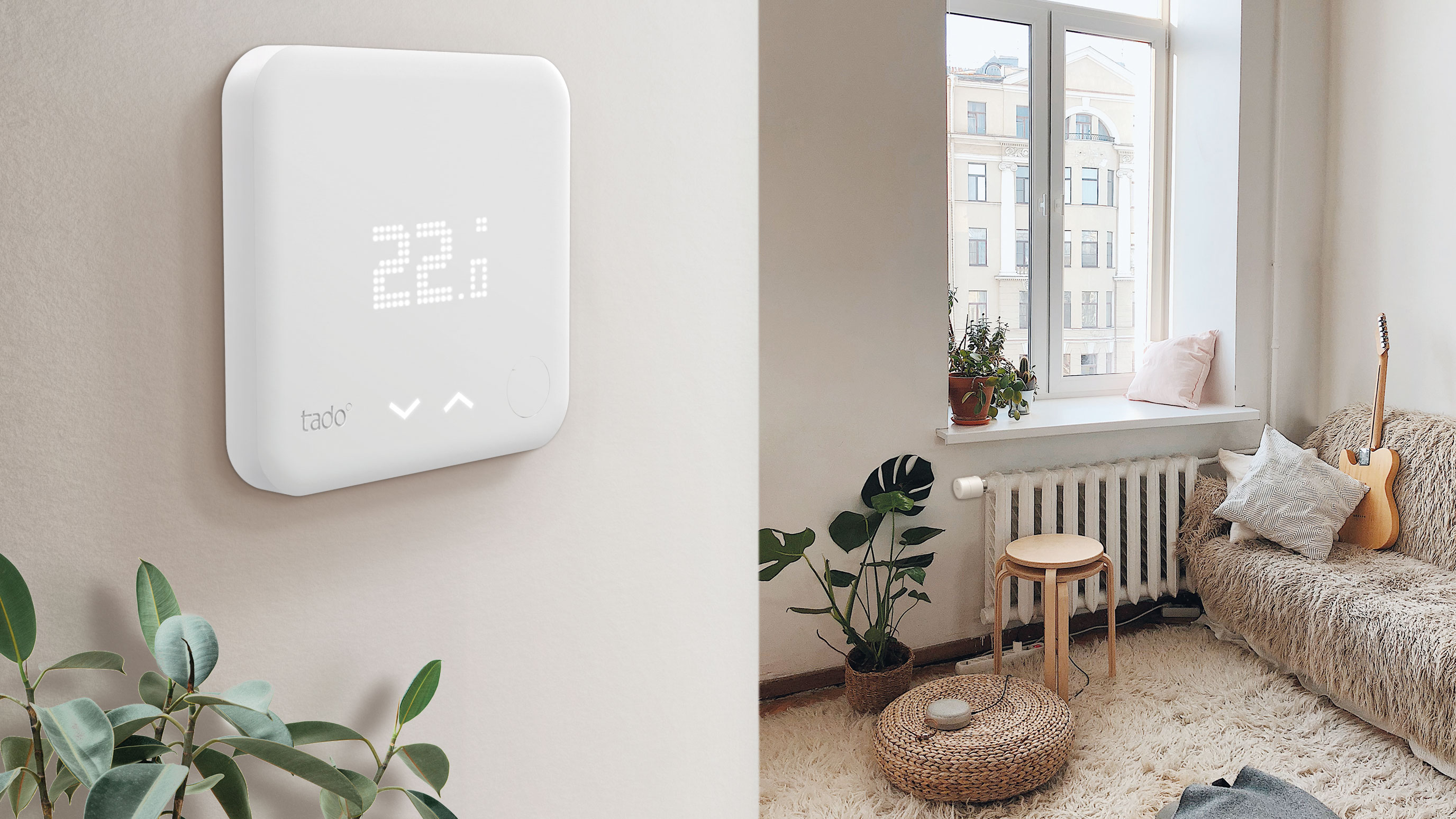Smart thermostats are supported by EU governments, but can they save you money?
Research shows that European governments are actively supporting the use of the smart thermostats, but will they really help reduce your energy bills?

Smart thermostats are making headlines as an energy-saving home product now officially recommended for use by European governments. In a bid to meet its carbon emission goals, the EU is rolling out a number of subsidies to support the installation and use of these smart devices.
- One of the easiest ways to save money on your energy bill is by switching energy suppliers; use our energy comparison tool to help find the best deal for your home
In European households, heating and hot water alone account for 79 per cent of the total final energy use, so it makes sense to make those areas of domestic energy consumption more efficient. In the UK, people in certain groups (e.g. Pension or Universal Credit, income support, and other benefits) can get support with the installation of energy-efficient measures including smart thermostats under the Energy Company Obligation scheme.
Elsewhere in Europe, various initiatives came into effect in the last year or are already in the planning. In the Netherlands owners and occupants of a home can apply for a €120 subsidy for smart thermostats if they have implemented and paid for two energy-saving measures. In addition, the amended Dutch 2012 Building Decree requires self-regulating equipment that can regulate the temperature per room or zone like a smart thermostat when the heating system is replaced.
In Belgium there are eco vouchers given out to employees, and in Ireland homeowners can apply for the €700 Heating Controls Grant to upgrade their heating system. Germany makes buying smart thermostats more attractive by giving homeowners a tax deduction and offering different subsidies like the state-owned development bank KfW programs to improve the heating system.
In July 2020, the French government introduced the “coup de pouce” which gives a €150 discount for homeowners when having a smart thermostat professionally installed. In Italy the consumer gets a 65% tax deduction with the 'Ecobonus' incentive when a smart thermostat is purchased with a condensing boiler.
Christian Deilmann CPA of tado°, comments:
'It is a very positive development that politicians have recognised the value of smart thermostats as a cost-effective alternative to save energy. In contrast to the usual energy-efficient renovation measures, such as facade insulation, intelligent heating control does not require a high initial investment, saves up to 31 per cent in energy costs, and pays for itself after one to two years. We are really looking forward to seeing further countries apply similar subsidy measures in order to reduce energy consumption significantly.'
Get small space home decor ideas, celeb inspiration, DIY tips and more, straight to your inbox!
Obviously, the introduction and subsidy of smart thermostats is good news. Smart thermostats are great for people who are heavy smartphone users (that's a great many of us), and they have features people may not know about that can indeed help save you money.
For example, the tado° Geofencing feature ensures that the heating is only on when somebody is actually home, while the thermostat also turns down the heating to save energy when windows are open and adapts to the weather for maximum efficiency. Some smart thermostats can turn on the heating automatically as you're approaching home, and/or remember your heating preferences so you don't even need to remember to adjust anything.
So far, so good. The feature we're most interested in, though, is multi-room heating control. Particularly in larger homes, there can often be an issue with heating rooms that aren't in use, or are in use only part of the day. Always remembering to turn on and off individual radiators is a chore most of us forget to do. and it's in this area that the smart thermostat can excel – but that feature comes at an extra cost. To benefit from multi-room heating control you'd need to install individual thermostatic valves onto your radiators, and these can cost anywhere between £20-£50. If you have quite a few, that's potentially a large initial spend in addition to the thermostat itself.
Moreover, the savings figure that's often given, of around 30 per cent, is typically based on someone who tends to leave their heating on all day. If you already use a timer on your boiler or always remember to switch off the heating, a smart thermostat in and of itself won't necessarily save you money.
Our verdict? If you live in a larger property that you plan to stay in for a good number of years, a smart thermostat is a very good thing, especially if you also invest in the individual thermostatic valves for individual rooms. If you're in a small flat and plan on moving soon? We'd hold off getting one for now – just use the timer on your boiler/your normal thermostat instead.
Anna is a professional writer with many years of experience. She has a passion for contemporary home decor and gardening. She covers a range of topics, from practical advice to interior and garden design.